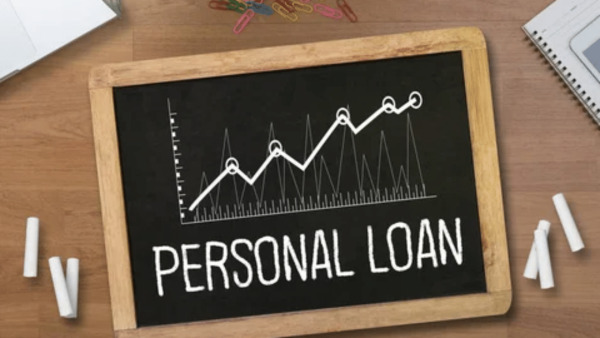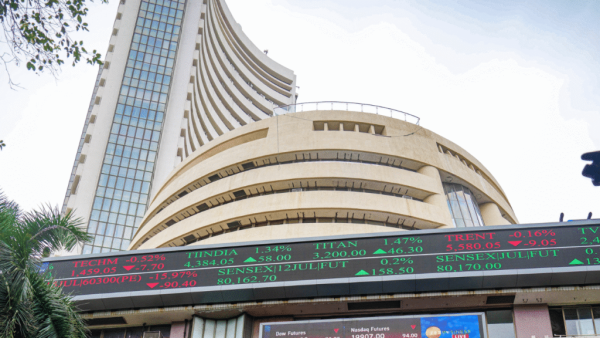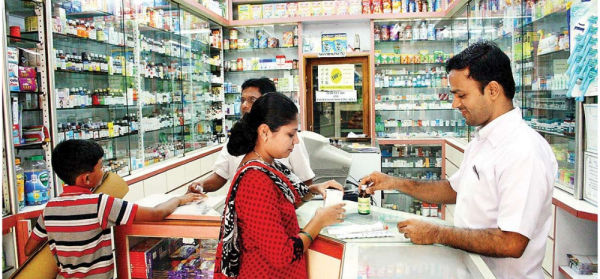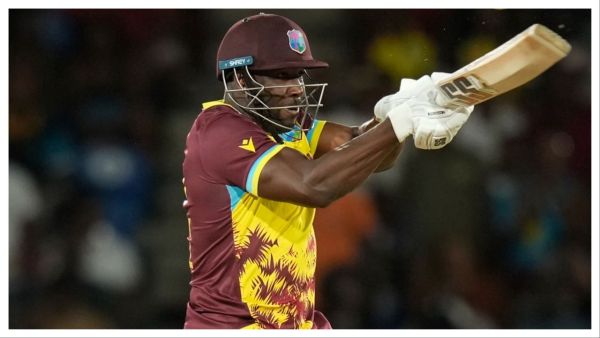
Kolkata: Personal loans are taken for either consumption or for emergency purposes ie. when the need is dire or the want is too intense. Often, in either case, the maximum amount that one can borrow becomes significant. There are a few yardsticks that a lender usually follows to determine the maximum amount.
It is obvious that a particular applicant might be viewed and assessed differently by different lenders. however, there are a few laid down principles. One, how creditworthy is the borrower and two, what is the maximum amount that lender in question offers as the most in the personal loan category. The latter becomes important since personal loans are unsecured loans. An unsecured loan is one which is granted without demanding any collateral from the applicant. It is disbursed solely on the consideration that the borrower is creditworthy and will repay the amount borrowed within the agreed time window. This makes any bank or NBNFC (non banking financial company) cautious in considering an application for a personal loan.
Significance of net income and debt to income ratio
To any lender, the net income or debt-to-income ratio, is a significant factor. The lending institution divides the total debt payments every month by the total monthly income of the borrower. This is a common gauge to get a picture of the capacity to repay a new loan. Nothing is cast in stone in this regard as a cut-off ratio. However, the rule of the thumb is 40%, which means you pay Rs 40 of every Rs 100 that you earn in debt payment. If your debt-to-income ratio is lower, the chances of getting the loan application favourably considered is higher. This ratio has a significant meaning — even if you income is high, if you are already repaying debts which consumes more than 40% of your income, your application might be rejected.
Net Monthly Income (NMI) often decides the personal loan amount. If one earns Rs 1 lakh but pays Rs 25,000 to repay past debts every month, the net monthly income is Rs 75,000. Most lenders usually consider the maximum loan amount as NMI X 24.
Creditscore is a perennial barometer
Apart from debt-to-income ratio, all lenders use the creditscore of the applicant as a touchstone. Anything above 750 in a scorecard of 900 is considered very good and indicates a bright chance getting a loan application approved at a favourable interest rate within the band followed by the lender. To get a high creditscore, one has to have a clen credit history, which means one should not default or delay in EMI payments and must not borrow more than 30% of the credit limit in a credit card that the applicant might be using.
Personal loans is the most expensive of all retail loans. The rate of interest on personal loans can range between 12% and 18%, which is way ahead of home loans, vehicles loans and education loans. Therefore, it is not prudent to rush into taking a loan from your nearest bank. One should exercise extreme caution and use it as a means of last resort.









